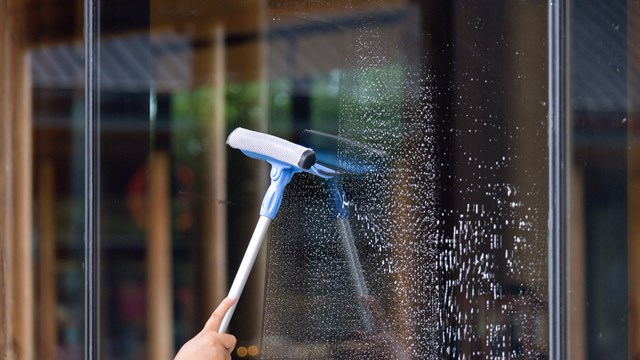
Prior to conversion, some condo and co-op buildings—particularly older ones—contained single, separate rooms that may have been used as servants’ quarters. These rooms were identified on the C of O as “Class B Units,” “Servants' Rooms,” or “Single Room Occupancy (SRO)” units. In some cases, the SRO units were eliminated upon conversion, or combined to create Class A apartments. In other cases, the SRO units still exist and are occupied by post-conversion tenants, or are used for non-residential purposes such as storage.
Regardless of whether the rooms still exist or how they are now used, a record of SRO units on the Certificate of Occupancy may cause the building to fall within the definition of an SRO Multiple Dwelling, thereby triggering the requirement of a Certification of No Harassment (CONH) before work permits can be issued by the DOB.
These classifications are significant because the New York City Construction Code prohibits the issuance of work permits for SRO Multiple Dwellings unless the applicant provides a CONH, or secures a waiver of the certification. The CONH requirement was instituted as a tenant protection to ensure that the owners of SRO Multiple Dwellings did not serve their own interests by harassing tenants of SRO units into leaving and withdrawing SRO units from the rental market. A CONH, which is issued by HPD and expires after three years, certifies that there has been no harassment of SRO tenants within the preceding three years.
Several condo/co-op boards have recently sought legal counsel in situations where the DOB has refused to issue work permits to owners or has issued a Stop Work Order in the middle of construction because of SRO units identified on the building's C of O. In these scenarios, attorneys have assisted the boards with obtaining a CONH so that work may proceed. Where the SRO units no longer exist, experienced legal counsel have been able to help boards amend their C of O’s to accurately reflect the building’s true configuration and avoid triggering the CONH requirement in the future.
If a condo owner or co-op shareholder is unable to obtain work permits for his or her unit due to the CONH requirement, his or her building's board may be subject to liability for failing to anticipate and address the issue. Further, the reconfiguration or elimination of SRO units —or any unit—without the proper approval from the DOB may constitute a use “inconsistent with the existing certificate of occupancy,” a violation of the New York City Construction Code that is immediately hazardous and could result in a penalty of up to $25,000. Therefore, it is important that condo and co-op boards review their C of O for record of any SRO units to determine whether their building may be flagged for the CONH requirement.
Alyssa D. Sandman is an associate at the Manhattan-based law firm of Belkin Burden Wenig & Goldman, LLP.






Leave a Comment